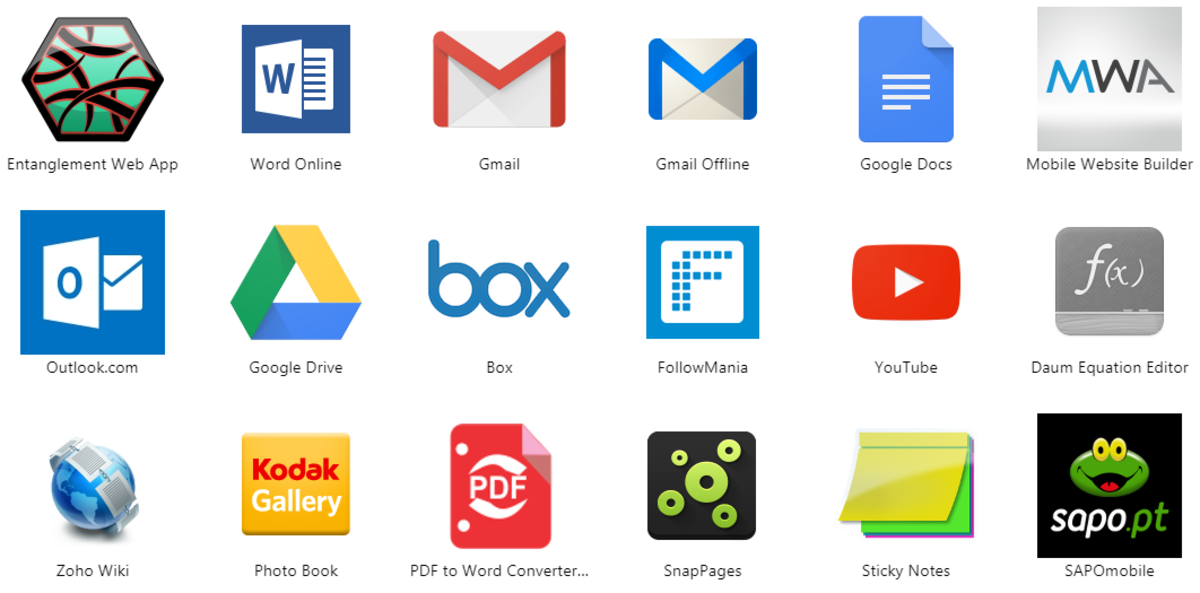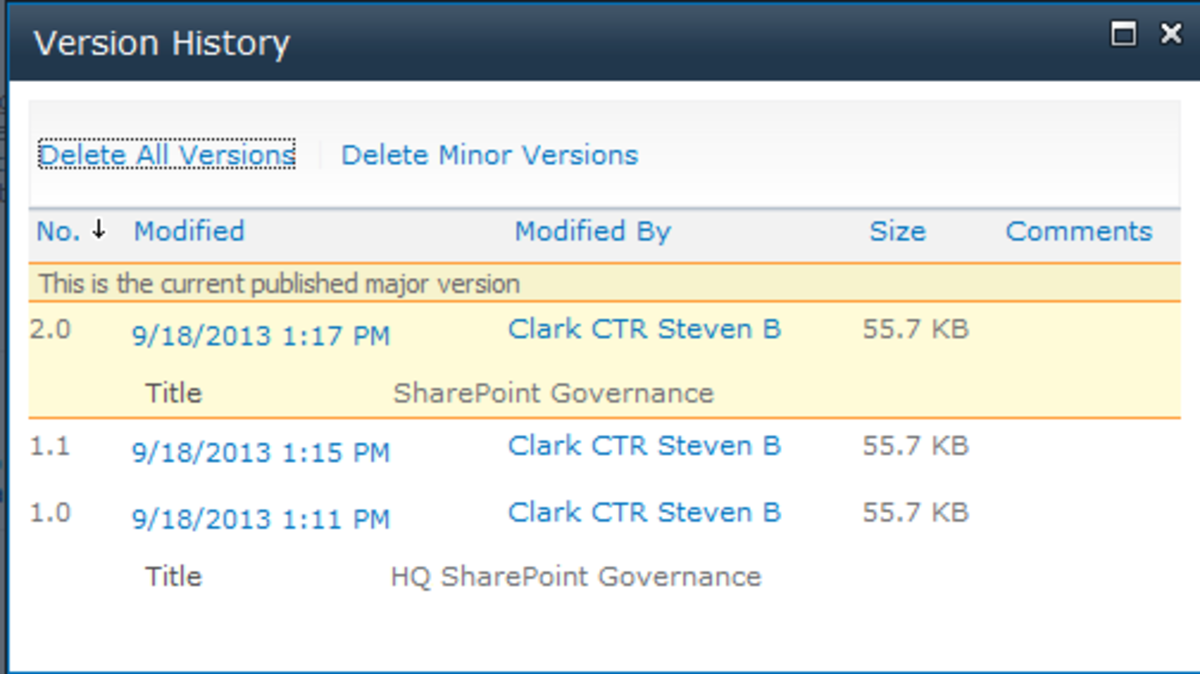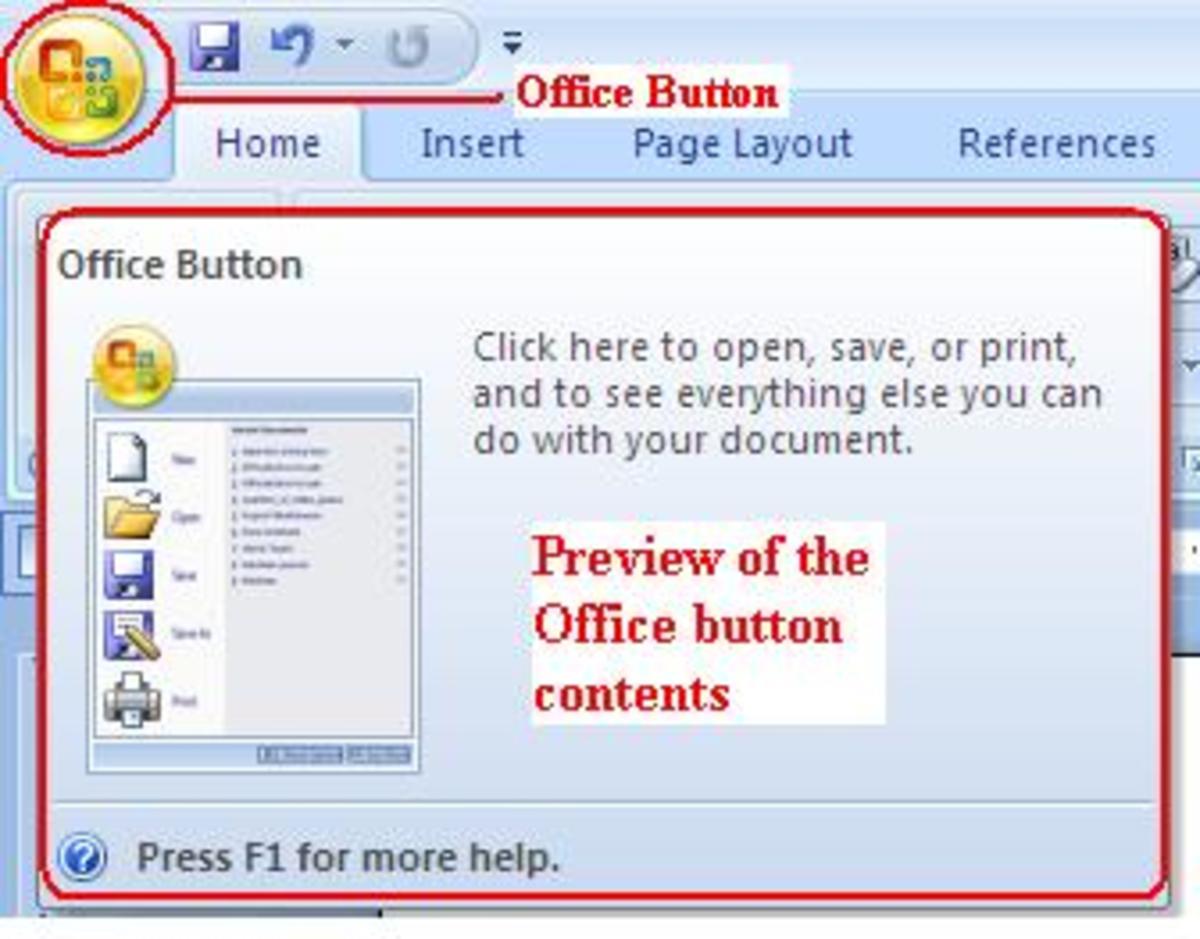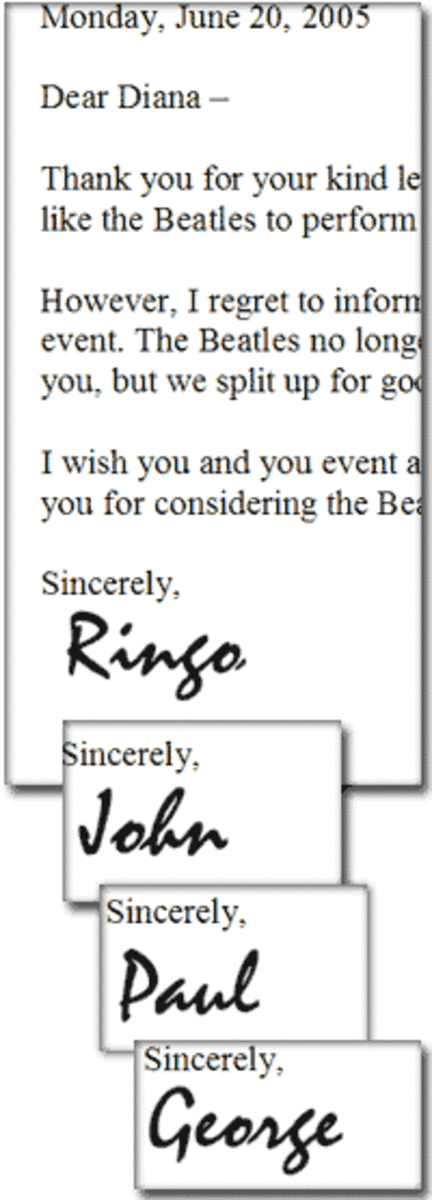What Is Vaporware?
What Is Vaporware?
The term vaporware refers to Information Technology products like hardware, software and operating systems that are announced but never reach market. They may only be concepts or announcements of something never made. Or the vaporware exists in a demo version or single prototype but never moves beyond the trial version.
The term vaporware or vapor-ware is attributed to Ann Winblad. The term has been kept in the public lexicon through Wired Magazine’s annual “Vaporware Award”, listing the top product failures that were promised but not delivered or were fell flat upon arrival.
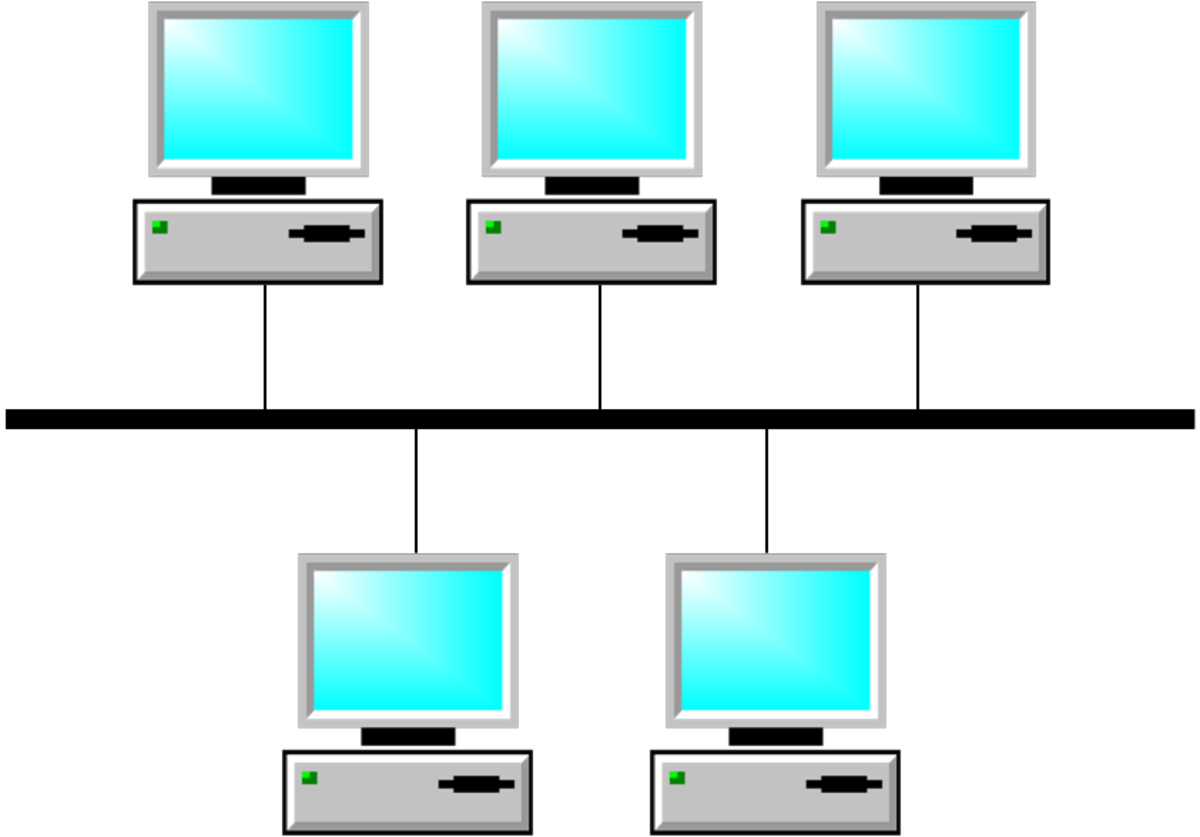
How Do We Get Vaporware?
Vaporware products may start as demonstration products that bomb when revealed to the public, so they are never reach the production floor. Or vaporware products are developed but found to be so complex or buggy that users are not interested in buying it.
Beta versions of vaporware may not elicit interest from users, so a final version is never released. Companies may announce a product that they are developing but fail to deliver from lack of funding, whether from bankruptcy or lack of sales of their major product lines to fund new product development. At that point, the products they may have promised or even demonstrated will become vaporware, because they won't hit the commercial market.
Vapor ware also occurs when a small company is bought out by a competitor who halts the product's development. Buying up potential competitor and then killing it may be cheaper or simpler than competing with it. When a start-up promises a revolutionary new product but folds up instead, its product can be considered vapor-ware.
Vaporware also refers to software that was created by quickly removed from a cloud server or removed in mass after a failed roll out.
How Can You Prevent Your Product From Becoming Vaporware?
There are several things you can do and avoid doing to prevent your software release from failing before it has a chance to succeed.
- Study your market as you develop the product. Never develop a hardware or software product that doesn't fit your user's needs and has been well received by user groups who have reviewed the concept or tried out beta versions.
- Work on beta versions until they are relatively bug-free before releasing them to your key users. Buggy versions of beta products will cause your most ardent supports to sour on the product, and they are the root of the grapevine and word of mouth advertising network. To release something that is buggy or fails to include critical features risks the release of “shovel-ware”, software that is dead on arrival and ready for burial.
- Avoid announcing conceptual products that management may not approve for production.
- Wait until the release date is relatively firm before making it official. When you move the release date, your customers may be disappointed by the delay and seek other, related products. Continually slipping on a promised delivery date causes consumers to question the quality of the product and discourage them from buying anything else from the vendor.
- Announcing products as a joke or gimmick may get your company attention, but it erodes customer trust in the brand and can undermine the enthusiasm of users when you announce another product. Using announcements of products that do not exist to stay in the limelight may cause your next, real product to become vaporware because no one listens to the advertising or adopts it.
- While the waterfall development model promises to accelerate the development of new products and software, mistakes at the initial requirements phase become too costly to correct if realized mid-stream. Collect detailed requirements from the user community before you start coding or designing hardware. Do not drop critical requirements from the design with the hope of shoe-horning them into the design later with patches or in later product versions.
- Wait until a new product has been well received in the market before starting on its next generation. If too many resources are consumed in creating a bigger or better version of the product, the initial version may fall flat – killing both the first edition and any subsequent versions in the process.

